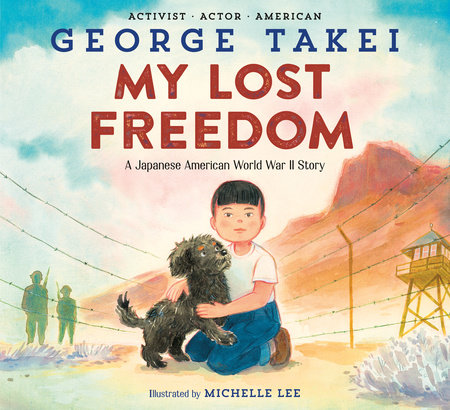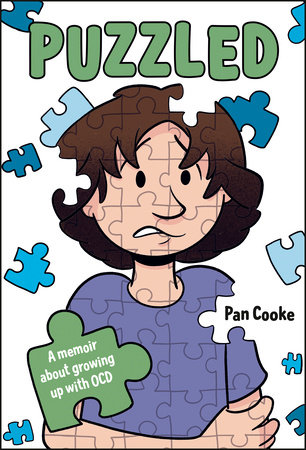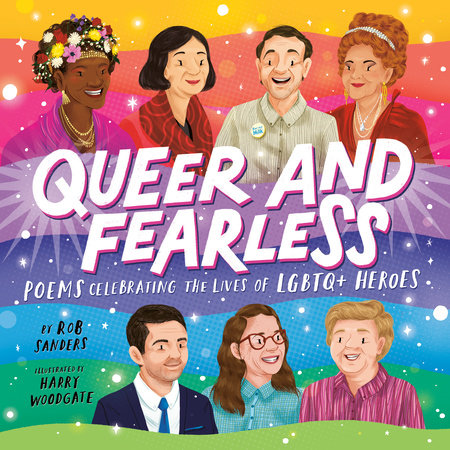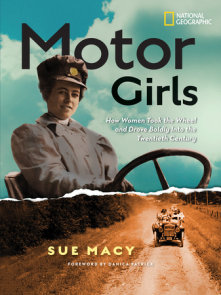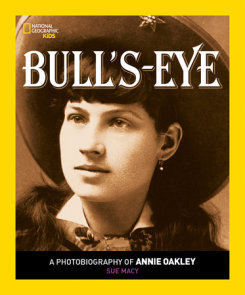Author Q&A
Q&A with Sue Macy, Author of Wheels of Change
Who taught you how to ride a bike? What did it feel like when you took your first one for a spin?
My dad taught me how to ride a two-wheeler. (He later taught me to drive a car.) I remember him taking me to a paved, pretty empty parking lot at a nearby park. It was a great feeling to be able to move and balance without training wheels, but I was also worried about falling. I don’t think I did fall, though.
Why are bikes still important to women?
I think that Leah Missbach Day does a great job in the foreword to Wheels of Change of explaining how bicycles are still important to one population of women—those in developing countries who are able to increase their mobility astronomically with the bicycles they received through World Bicycle Relief. But today in the U.S., bicycles are important to everybody. They allow people to do errands without using fossil fuels, to get great cardiovascular exercise, to see their surroundings in a whole new way. My neighborhood isn’t great for cycling—too much traffic and too many hills—but I try to ride at least once a week in the spring, summer, and fall, usually stopping at a nearby farmer’s market to restock on fruits and vegetables. It’s a healthy way to live.
What’s your favorite thing about the very first bicycle models?
I love the ordinaries, which weren’t the first models but rather the ones that started appearing in the 1870s, with the very large front wheel and the smaller real wheel. I love the look of them; they’re such a wonderful evocation of a time in history. When you see one, you’re automatically transported back to that time period. But I wouldn’t want to ride one. When I was visiting Dottie Batho, who contributed more than 20 images to Wheels of Change, I tried to hoist myself onto the seat of the ordinary that she has in her living room and I was scared to do even that. It was her late husband’s bike and she said the first time he rode it, he fell head first over the front wheel and broke both his wrists!
How is the bicycle going to change the future?
I really do think more and more people will go back to the bicycle as a replacement for cars and other types of local transportation and hopefully, towns and cities will start designating more space for cyclists to ride. The efforts of the Portland, Oregon, city government to make bicycling an integral part of daily life have been well-publicized, but even New York City has been installing 50 miles of bike lanes per year with the goal of having an 1,800-mile network of bike lanes by 2030. Cycling is a great way to get around and a great way to keep healthy.
What are kids going to love most about this book?
Wheels of Change is a lively book full of awesome characters and its design is very appealing. I love the stories of the bicycle racers, most of whom had been lost to history until now. Their bravura and tenacity was pretty amazing. I think kids also will love the images—especially the bicycle artifacts from the 1800s—because they will help kids visual what the period was all about. Plus, there are news clips about female cyclists in every chapter, reproduced verbatim, and some of them are wild. My favorite is “Don’ts for Women Wheelers” on page 38.
How has fashion evolved around the bicycle? Do you think dresses and high heels impede a woman’s ability to feel completely free?
The advent of the bicycles in the late 1800s caused a fashion revolution for women because it made the need for comfortable, safe clothing for cyclists crucial. And once women started casting aside corsets and other oppressive fashion architecture, they realized there was much to be said for simpler clothing. I completely understand this evolution, because as a writer who works from home, I go for comfort over fashion most of the time. High heels are great for elongating one’s legs, but they’re a pain when it comes to moving freely or quickly!



